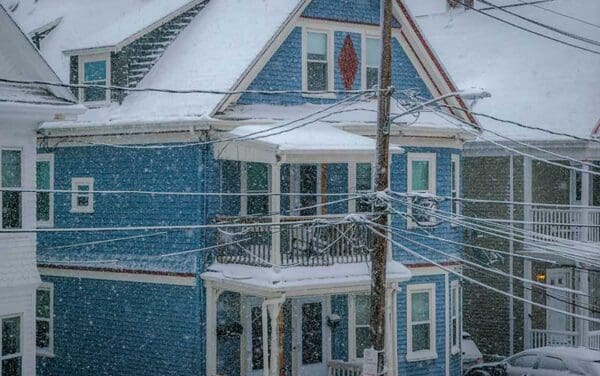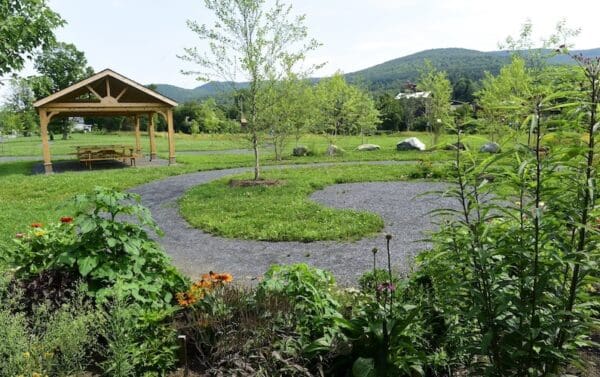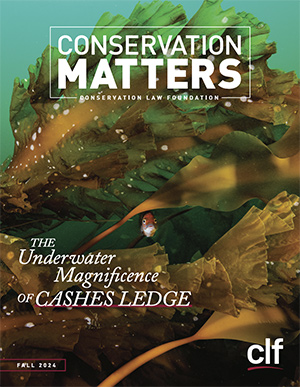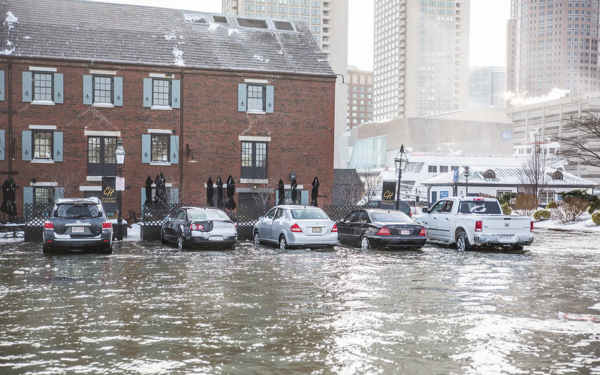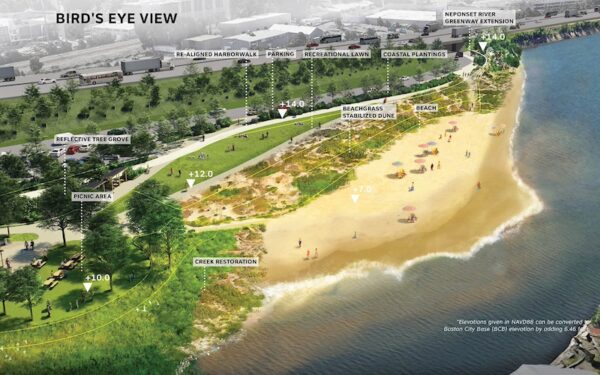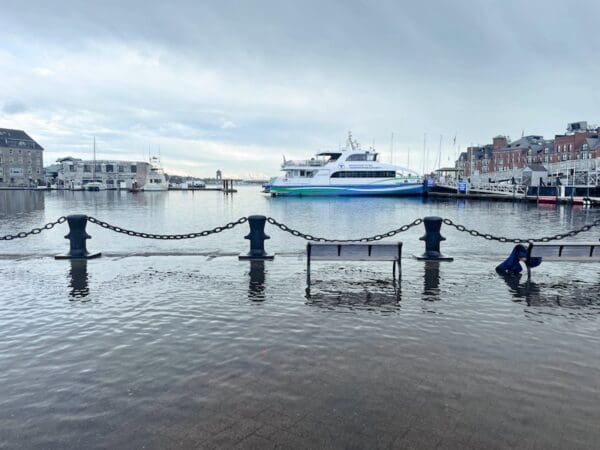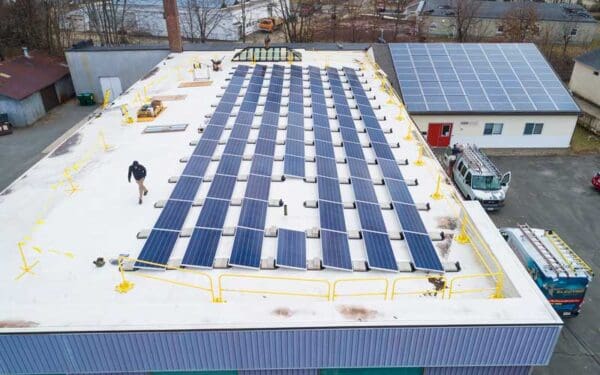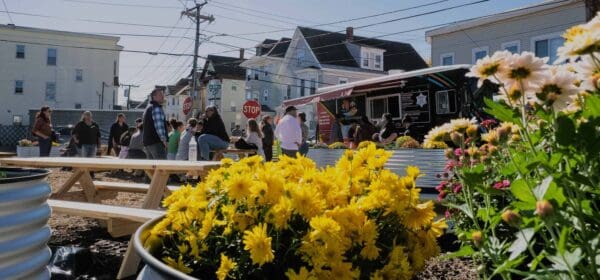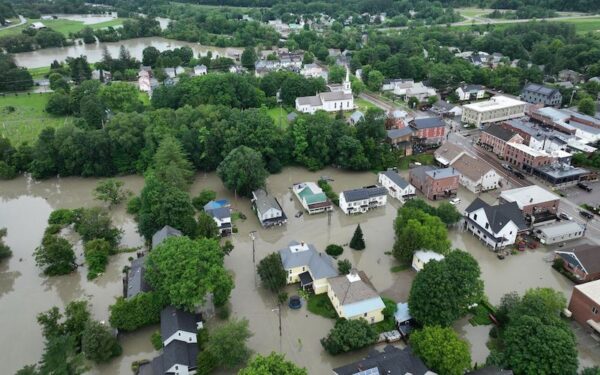Dec 06, 2024
Supercharged storms are rampaging through towns and cities like a bull liberated from a pen, crashing through a fragile utility infrastructure that, in many cases, has not changed in a century. U tility companies submit to the onslaught of storms, repair the damage, then obediently wait for more and do it all over again.
.
Oct 07, 2024
An increasingly accepted principle in city halls and state houses is that communities can become more resilient to extreme weather by leaning into nature.
Sep 30, 2024
As the impacts of climate change become more intense across New England, nature-based solutions will be a key piece of the solution.
Jun 21, 2024
Forecasters predict a very active hurricane season in 2024. But are building codes ready? Massachusetts has an opportunity to plan for extreme weather with the Climate Safe Buildings Act.
Apr 24, 2024
The Climate Ready Boston Plan seems to have stalled in recent years. Today most of the projects recommended for completion by 2030 have yet to be included in the city’s most recent capital plans. It’s a hardship for Boston residents forced to deal with flooded streets and neighborhoods.
Jan 24, 2024
Weather whiplash, unpredictable weather patterns and extreme weather are becoming increasingly frequent. These are changes we can see and feel and it’s time to prepare.
Dec 18, 2023
Microgrids will provide communities with energy independence, resilience, and security in the face of extreme weather.
Nov 02, 2023
On a small triangle of land between Bennington and Lawrence Streets stand picnic tables, corrugated metal beds bursting with flowers, and trees in planters of hot pink, lemon yellow, and royal blue. It’s an uplifting treat in this Lawrence, Massachusetts, neighborhood and a considerable contrast to what stood here before – a jumble of parked cars… Continue reading A Cool Place in the Neighborhood
Jul 12, 2023
Around New England and around the country, the summer of 2023 was a summer of extreme weather.
Jun 30, 2023
Climate change means heat waves are getting longer and more frequent. But cities can prepare by implementing three simple steps.
